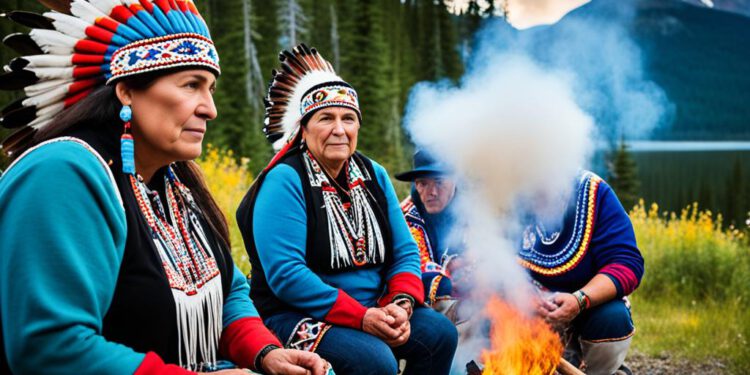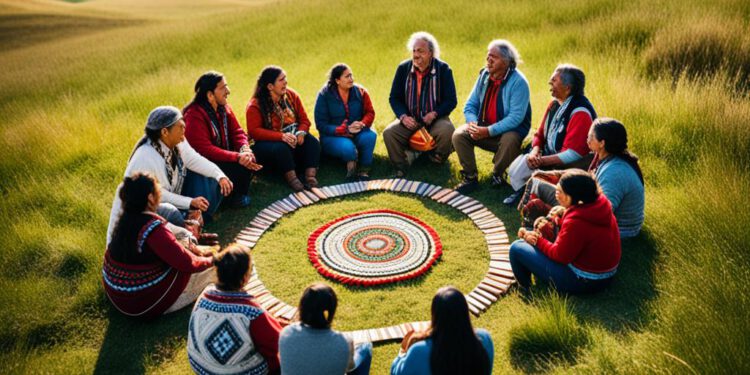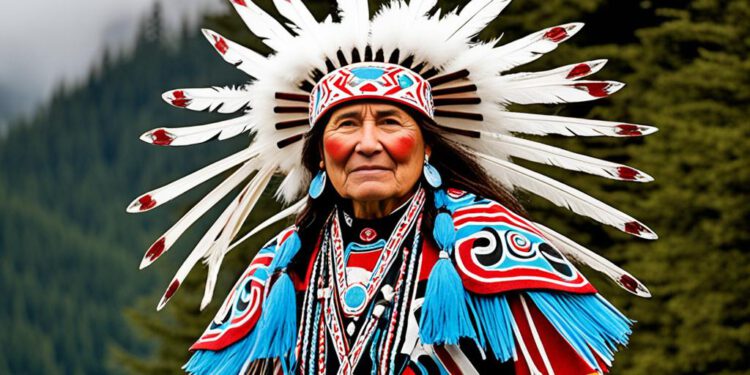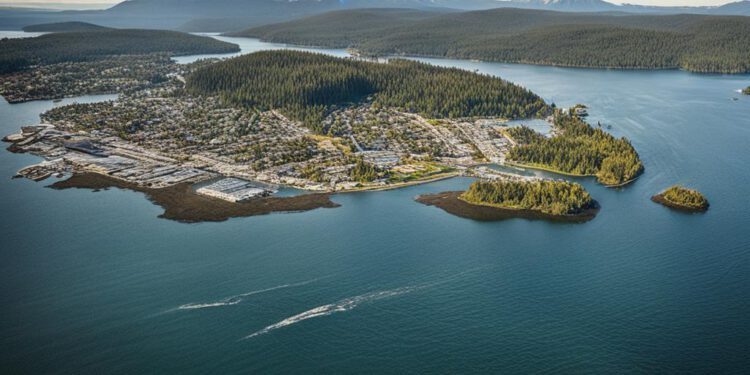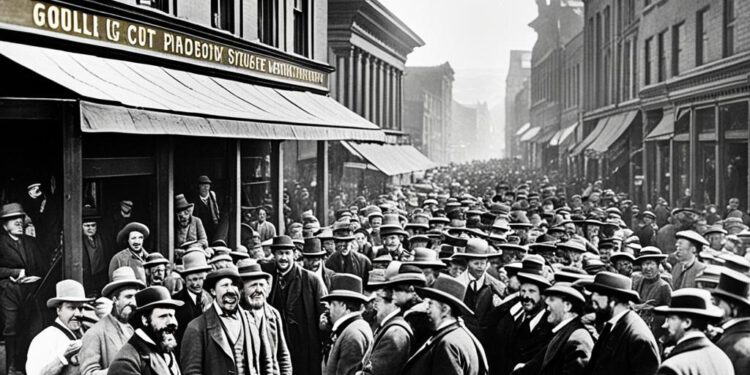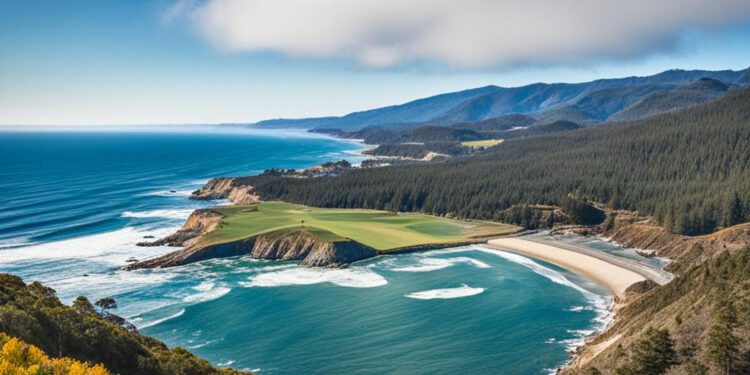Nestled in the western reaches of Canada, the province of British Columbia boasts a captivating history that spans centuries, from its indigenous roots to its pivotal role in the nation’s development. As you delve into the rich tapestry of British Columbia’s past, you’ll uncover a narrative that reflects the region’s cultural diversity, economic transformation, and resilience in the face of change.
British Columbia’s history is deeply intertwined with the stories of its indigenous peoples, the First Nations, who have called this land home for millennia. The arrival of European explorers, such as Captain James Cook and George Vancouver, marked the beginning of a new era, one that would see the region’s resources and landscapes profoundly shaped by the forces of colonization and the fur trade.
The discovery of gold in the Fraser Canyon in the 1850s sparked a frenzy that would transform the province, drawing prospectors and settlers from around the world. This pivotal event would ultimately lead to British Columbia’s inclusion in the Canadian Confederation, solidifying its place as a vital part of the nation’s history and future.
Exploring the Rich Tapestry of British Columbia’s Past
British Columbia’s history is a captivating tapestry woven with the stories of its indigenous peoples and the arrival of European explorers. For centuries, the diverse First Nations tribes, including the Haida, Tlingit, and Kwakwaka’wakw, have called this land home, their rich cultural traditions shaping the landscape. The Pacific Northwest region witnessed the arrival of intrepid European explorers, such as Captain James Cook and George Vancouver, who forged relationships with the local populations and laid the foundations for the province’s early colonial era.
Indigenous Peoples and the Arrival of European Explorers
The First Nations of British Columbia have a long and vibrant history, with each tribe possessing its own unique customs, languages, and traditions. These indigenous peoples have been stewards of the land for millennia, their deep connection to the natural world informing their way of life. The arrival of European explorers in the 18th and 19th centuries marked a significant turning point, as these newcomers sought to chart the region and establish contact with the native populations.
The Fur Trade and Early Settlement
The fur trade became a vital economic driver in British Columbia, drawing European settlers and traders to the region. Companies like the Hudson’s Bay Company established trading posts, engaging in a complex network of exchange with the First Nations. This era saw the gradual expansion of colonial settlements, as the province’s natural resources and strategic location on the Pacific Coast drew increasing numbers of immigrants. However, this period also witnessed the erosion of indigenous rights and the disruption of traditional ways of life, setting the stage for future challenges and conflicts.
| Key Events | Timeline |
|---|---|
| First Nations Inhabit the Region | Centuries before European Arrival |
| Arrival of European Explorers | 18th and 19th Centuries |
| Establishment of Fur Trade and Trading Posts | 18th and 19th Centuries |
| Expansion of Colonial Settlements | 19th Century |
British Columbia’s past is a rich tapestry woven with the stories of its indigenous peoples and the arrival of European explorers. From the vibrant cultures of the First Nations to the transformative impact of the fur trade and early settlement, this province’s history is a testament to the resilience and adaptability of its people in the face of profound change.
The Gold Rush and the Road to Confederation
The 1850s marked a pivotal era in the history of British Columbia, as the region witnessed the transformative impact of the Fraser Canyon Gold Rush. This influx of prospectors and the resulting economic boom paved the way for increased immigration, infrastructure development, and significant political changes that would ultimately lead to British Columbia’s journey towards joining the Canadian Confederation in 1871.
The Fraser Canyon Gold Rush and Its Impact
The discovery of gold in the Fraser Canyon in 1858 sparked a frenzy of activity, drawing thousands of fortune-seekers to the region. This sudden population surge had a profound effect on British Columbia’s economic and social landscape. The gold rush fueled the construction of roads, bridges, and other essential infrastructure, laying the foundation for the province’s future development.
Furthermore, the influx of immigrants, both from within Canada and around the world, transformed the demographic makeup of British Columbia. This diversity brought new ideas, skills, and entrepreneurial spirit, shaping the province’s cultural and economic identity.
British Columbia Joins the Canadian Confederation
The political implications of the gold rush were equally significant. The need for organized governance and the desire to harness the economic potential of the region led to increased calls for British Columbia to join the Canadian Confederation. After years of negotiation, British Columbia officially became the sixth province to join the Dominion of Canada in 1871.
This landmark event marked a new chapter in the province’s history, as it became an integral part of the larger Canadian narrative. The integration of British Columbia into the Canadian Confederation paved the way for further economic development, political reforms, and the growth of a shared national identity.
| Year | Event | Impact |
|---|---|---|
| 1858 | Discovery of gold in the Fraser Canyon | Sparked the Fraser Canyon Gold Rush, leading to a sudden population influx and economic boom |
| 1860s-1870s | Increased immigration and infrastructure development | Transformed the demographic and economic landscape of British Columbia |
| 1871 | British Columbia joins the Canadian Confederation | Marked a new chapter in the province’s history, integrating it into the larger Canadian narrative |
The History of British Columbia: Forging a Modern Province
British Columbia’s evolution from a resource-dependent economy to a diversified and prosperous province is a testament to its resilience and adaptability. The province’s rich natural resources, including forestry, mining, and energy, have long been the foundation of its economic development. However, over time, British Columbia has skillfully navigated the transition towards a more balanced and sustainable economy.
Economic Development and Resource Extraction
The extraction of natural resources, such as timber, minerals, and fossil fuels, has played a significant role in shaping British Columbia’s economic landscape. While resource extraction industries remain important, the province has made strides in diversifying its economy, investing in sectors like technology, tourism, and clean energy. This shift has helped to create a more resilient and future-oriented economic model, one that aims to balance environmental stewardship with economic growth.
Immigration, Industrialization, and Urbanization
British Columbia’s population growth and cultural diversity can be attributed to waves of immigration that have shaped the province over time. As the province industrialized and urbanized, it attracted people from around the world, drawn by the promise of economic opportunity and a high quality of life. This influx of new residents has contributed to the province’s vibrant and multicultural communities, from the bustling metropolis of Vancouver to the charming urban centers across British Columbia.
The history of British Columbia’s modern development is one of adaptation and progress. By embracing the opportunities presented by its natural resources while also diversifying its economy and welcoming a diverse population, the province has transformed into a thriving, modern, and prosperous region within Canada.
Navigating Challenges and Embracing Change
In recent decades, British Columbia has faced significant challenges, from the rise of environmental movements to the growing recognition of Indigenous rights. However, the province has shown remarkable resilience, striving to balance economic development with environmental protection and fostering meaningful reconciliation with its First Nations communities.
Environmental Movements and Indigenous Rights
British Columbia’s breathtaking natural landscapes have long been a source of pride and inspiration, but they have also been at the center of contentious debates. Environmental activists have fought tirelessly to preserve the province’s pristine wilderness, challenging the extractive industries that have traditionally driven its economy. At the same time, Indigenous peoples have asserted their rights to their ancestral lands, demanding a greater say in the management of natural resources and the protection of their cultural heritage.
These complex issues have tested the leadership of British Columbia, as it navigates the delicate balance between progress and preservation. Through dialogue, compromise, and a steadfast commitment to social justice, the province has made significant strides in addressing these challenges, paving the way for a more sustainable and inclusive future.



